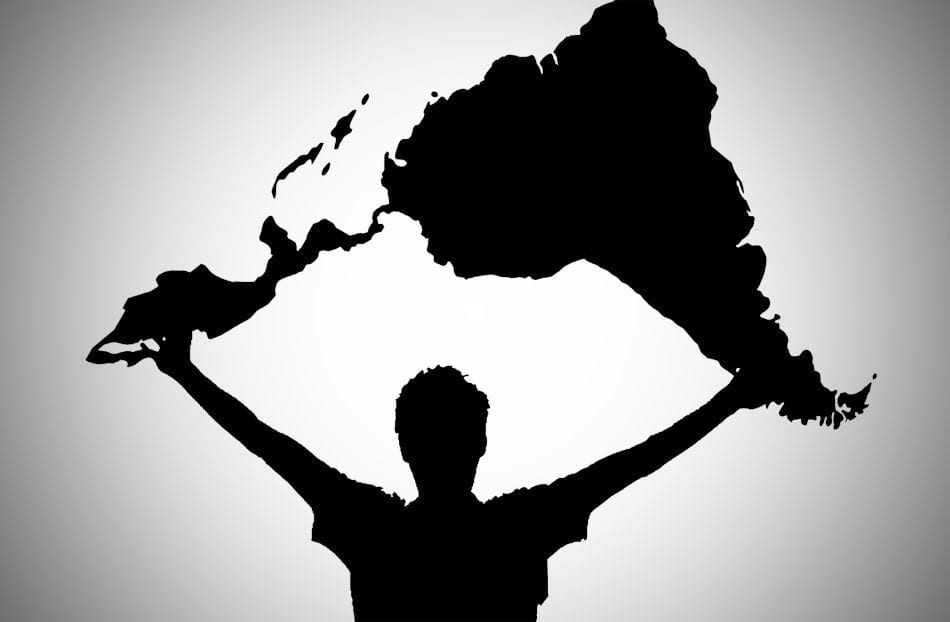In the last few years, against the backdrop of the protracted Ukrainian crisis and the new round of trade and economic conflict that followed it with the ideological coloring between Russia and the West, in addition to geopolitical and strategic interests in the Latin American region, the Kremlin has long-term interests and projects related to the search for new suppliers food products, as well as “loyal” partners in the political arena. Such sentiments give hope for a Russian “return” to the region, the formation of solid instruments and pragmatism-based mechanisms for strategic cooperation between Russia and Latin America.
As a result of the deepening of the Ukrainian crisis, the system of international relations once again underwent significant transformations, and they, as can be predicted now, will have far-reaching consequences. One of the results of such Western pressure on Russia, whose ultimate goal is to isolate the Russian presence in the international dimension, is the need to expand the political horizons, as Russian Foreign Minister Sergey V. Lavrov “check the clock” with close friends and allies in the political arena.
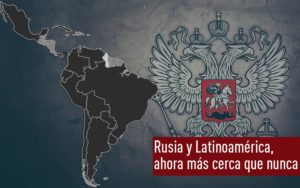
As the events of the past five years show, this geopolitical task found its solution in Latin America, which is traditionally an interesting and friendly region for Russia, also located “near” from the United States of America, who lost control of their “backyard.” A significant event was the visit of Sergey V. Lavrov to Cuba, Nicaragua, Chile and Peru in May of 2014. It is worth noting that the first two of the above-mentioned countries (along with partners in the political bloc of the left-wing radical regimes of the ALBA, Venezuela and Bolivia) shared Moscow’s official position in the Crimea, while in March of 2014 Chile and Peru voted in favor of the resolution of the UN General Assembly on the territorial integrity of Ukraine. This UN resolution was also supported by a number of Latin American countries: Colombia, Mexico, Panama, Costa Rica, Guatemala, Honduras and the Dominican Republic; abstained: Brazil, Argentina, Uruguay, Ecuador, Paraguay and El Salvador.
The unprecedented in its length and geographical coverage of the “tour” of Russian President Vladimir V. Putin in the Latin American region took place in mid-July of 2014. From the 11th to the 17th of July, the Russian leader visited four countries – Cuba, Nicaragua, Argentina and Brazil, discussing with their leadership a wide range of issues on the international agenda and the Russian-Latin American cooperation. In addition, he took part in the VI BRICS summit, which took place in the cities of Fortaleza and Brasilia on the 15th and the 16th of July, this summit was devoted to the political coordination of the “five” member countries and the problems of global governance and conflict management. During this regional visit, Vladimir V. Putin had contacts in the “outreach” format at the multilateral and bilateral level with the presidents of almost all states of South America.

The trends that were noted during the “Latin American voyage” of Vladimir V. Putin, identified a “roadmap” for the further advance of Russia’s relations with the countries of Latin America, which are further developed. It is worth recalling the meeting of the head of the Russian state with Venezuelan President Nicolas Maduro on the 15th of January of 2015, during which the leaders of the two countries discussed the implementation of major joint projects of the two countries in energy, agriculture and industry. Special attention was given to the state of affairs on world oil markets. On the 16th of February of 2015 took place the meeting of the Minister of Foreign Affairs of the Russian Federation Sergey V. Lavrov and the heads of diplomatic missions of Latin American and Caribbean countries accredited in Moscow. During the meeting, an exchange of views on key issues of the international alignment of forces, the problems of Russia’s relations with the states of the region and a key trend towards strengthening the role of Latin American countries in the world dimension was noted.
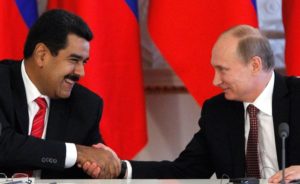
In mid-February of 2015, the high attention of the Latin American media was caused by the visit of the Minister of Defense of the Russian Federation, Sergey K. Shoygu in Venezuela, Nicaragua and Cuba. A number of Latin American analysts and experts viewed this trip as a confirmation of the Russian policy on deepening military ties with Latin American countries against the backdrop of a “sharp deterioration” and worsening of the state of relations between Russia and the West. This visit was successful and brought both military-technical and political results.
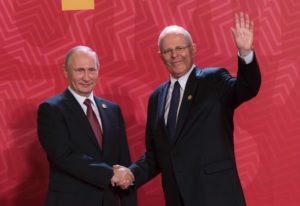
In November of 2016, the Russian leader took part in the 24th meeting of the heads of state and government of the Asia-Pacific Economic Cooperation (APEC) Forum. On the first day of the two-day visit, the Russian President took part in the work of the APEC Business Advisory Council, and also held a number of bilateral meetings, including with the heads of Latin American countries, in particular the President of Peru.
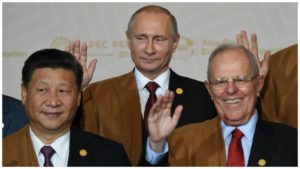
It can be assumed that if Moscow has still aimed at a strategic vision of the Latin American region as a long-term ally, but not so much in the trade and economic as in the ideological and geopolitical plans that determined Russian-Latin American relations, especially in the moments of a new turn of the “Cold War” in a dialogue with the West. The result is closer cooperation with the countries of the so-called “anti-American” bloc of the Bolivarian Alliance for the Peoples of Our America (ALBA), which includes Cuba, Venezuela, Nicaragua, Ecuador, Bolivia, as well as small island states – Dominica, St. Vincent and the Grenadines, Antigua and Barbuda and Saint Lucia.
A number of Russian companies are already successfully working in the region, primarily in the field of military-technical cooperation and in the field of energy. These topics were touched on the 29th of March of 2016 in the framework of the Business and Media Forum “Russia – Latin America”. During the meeting, speakers representing various countries of Latin America, outlined the priorities for the development of the energy industries of their countries in the medium term, and also noted the key joint projects of Russia and Latin America. It is worth highlighting the most ambitious of them: the construction of the Center for Nuclear Research and Technology in El Alto (Bolivia) with the support of the Russian company JSC “State Specialized Design Institute” (part of the State Corporation “Rosatom”), a joint project in the field of hydropower development (Ecuador), energy projects in the construction of new facilities, as well as in the oil and gas sector (Nicaragua) and others. To date, Latin American companies emphasize that cooperation with Russia inspires confidence in them in the success of the projects being implemented.

Although the “return” of Russia to the Latin American region has been going on for a long time, this region until recently did not come to the forefront of Moscow’s foreign policy priorities. To date, the growing geopolitical importance of the region, which has acquired a new sound in the face of the current tensions with the West, prospects for mutually beneficial trade and economic cooperation based on the sustained economic growth of Latin America and the Caribbean (LACB) and the implementation of major projects in the field of energy jointly by the Latin American countries with Russia testify to the positive dynamics of the state of the Russian presence in the region. The implementation of energy projects, in which Russian technologies could be useful, are pushing Moscow to act more actively and pragmatically in this direction. It is worth noting that the positive experience of cooperation between the countries of Latin America and the USSR has not been forgotten so far. In the context of a number of joint projects, especially in the energy sector, it is possible now that Russia will “return” to the region?
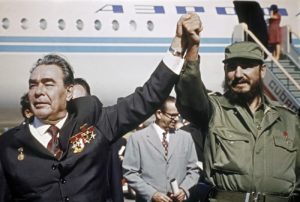
Assessing the current geostrategic goal, it can be stated that, with all the existing difficulties and risks, the conditions in the global and regional dimensions have never been so favorable for closer Russian-Latin American political and economic interaction. To date, there is a situation in which Russia can become one of the most significant players in the space of Latin America.

